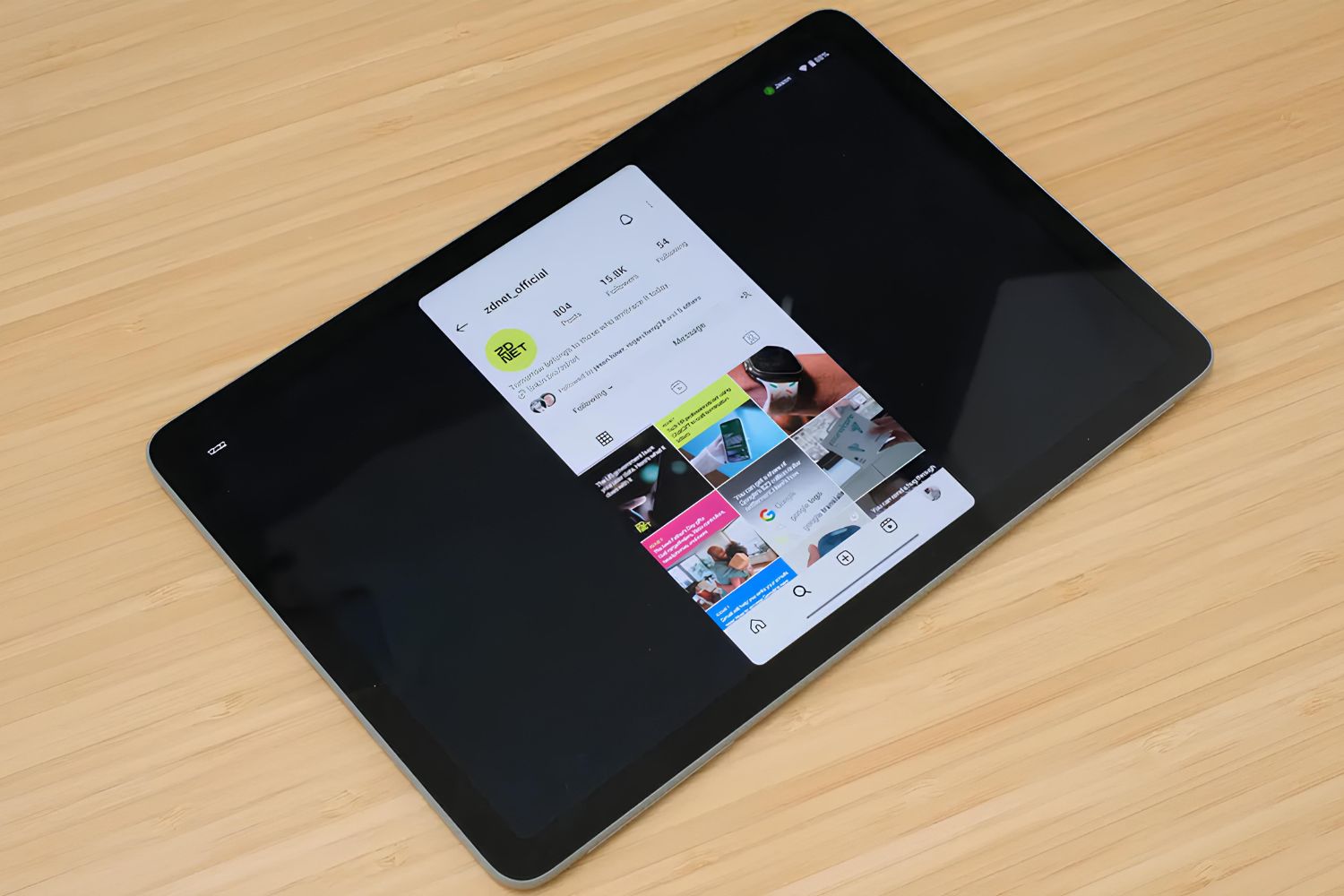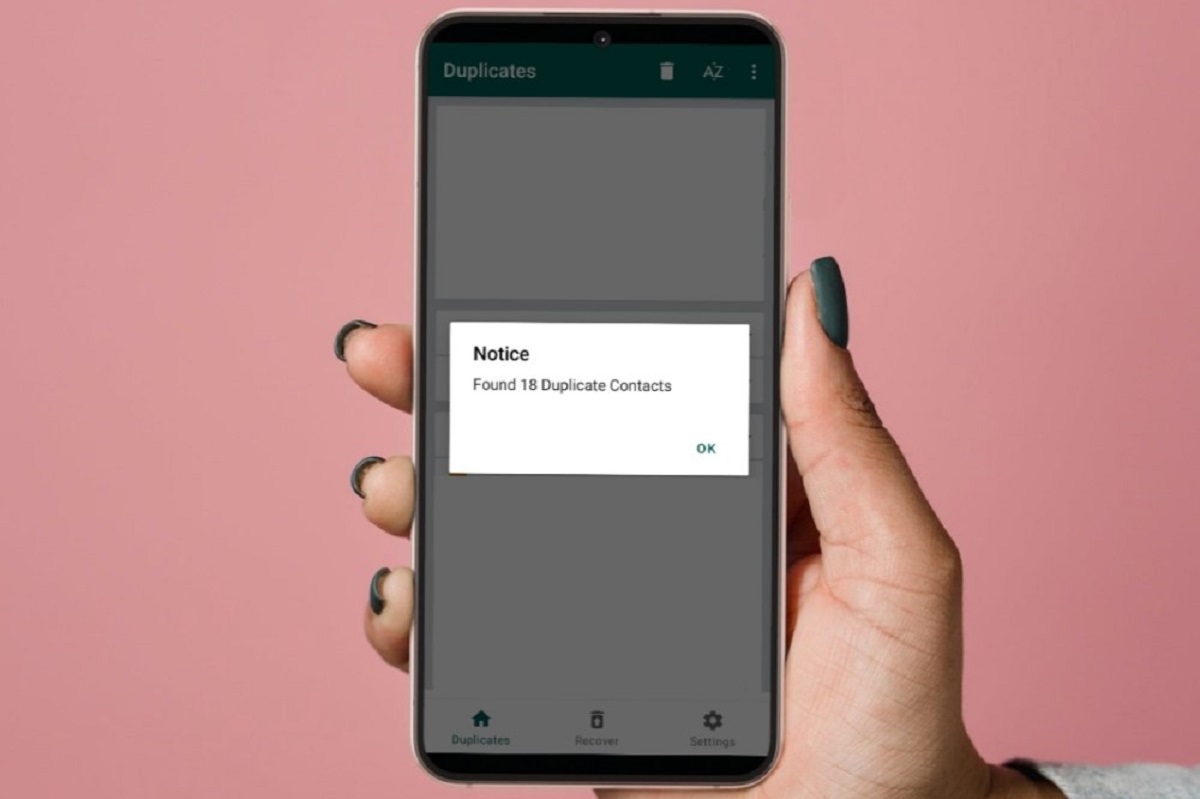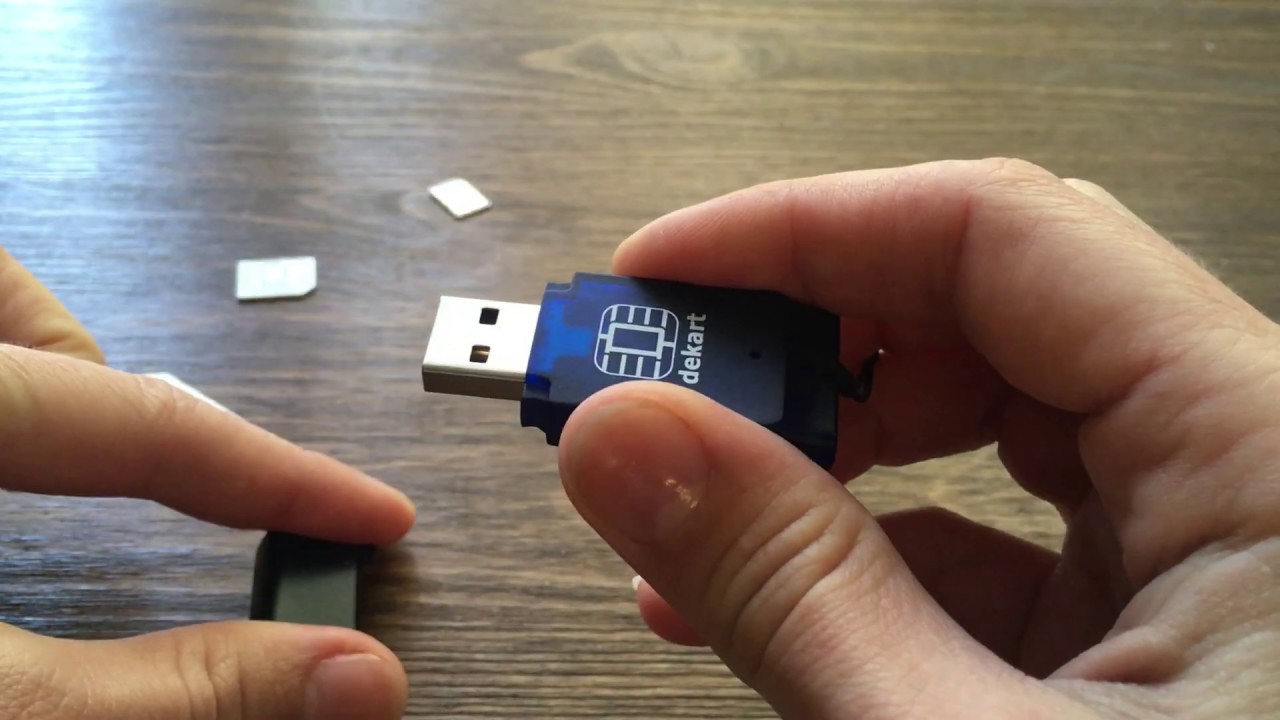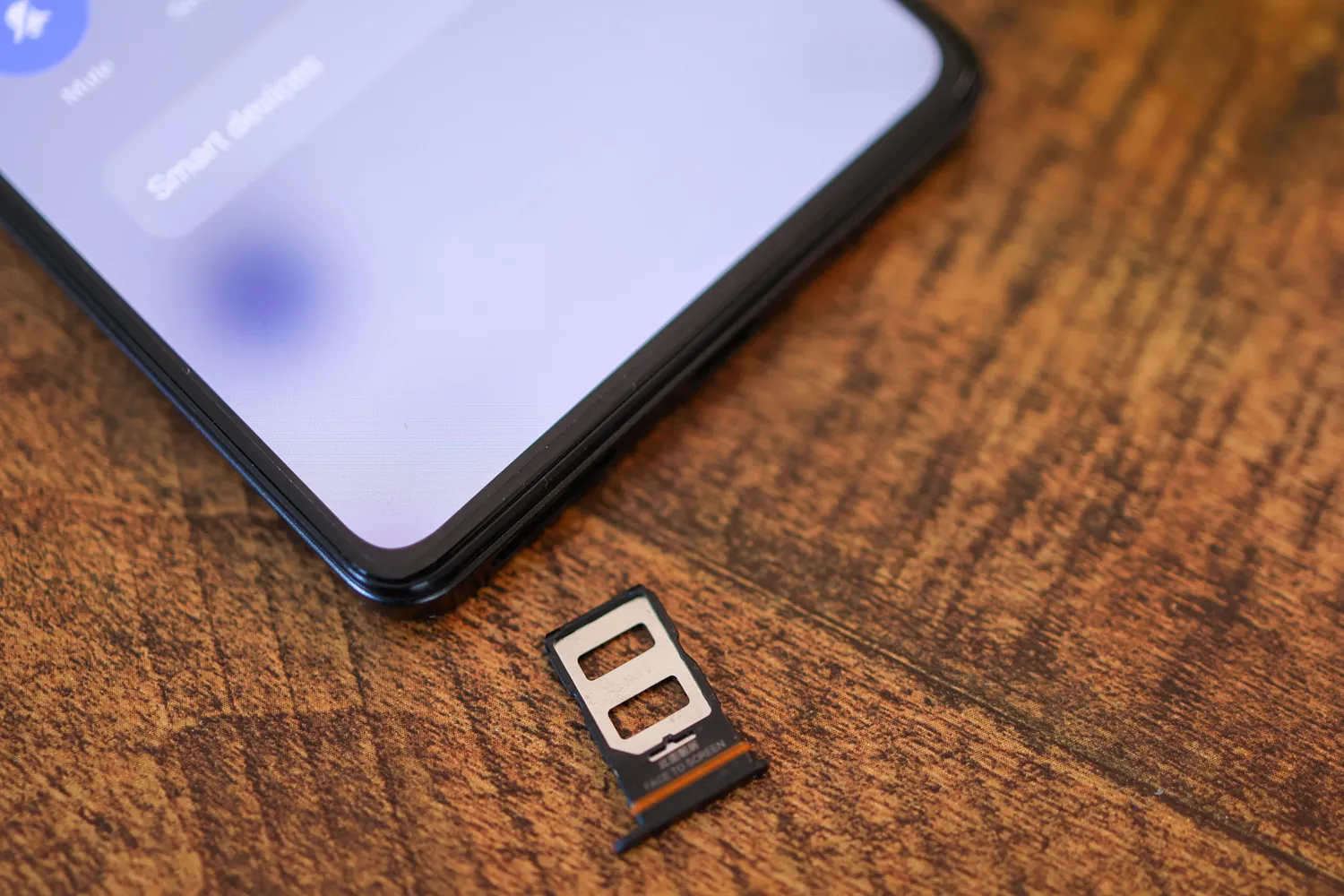Introduction
Mobile devices have become an integral part of our daily lives, serving as a hub for communication, entertainment, and productivity. As the usage of smartphones continues to soar, the need to manage and optimize their functionalities has become increasingly crucial. One such aspect that often requires attention is the management of messages stored on the SIM card. Whether it's for freeing up storage space, organizing conversations, or safeguarding privacy, knowing how to efficiently delete messages from the SIM card on an Android device is a valuable skill for users.
In this comprehensive guide, we will delve into the intricacies of managing SIM card messages on Android devices. From understanding the significance of SIM card messages to exploring various methods for deleting them, this guide aims to equip you with the knowledge and tools necessary to streamline your messaging experience. Whether you're a tech-savvy individual seeking to optimize your device's performance or someone new to the world of mobile devices, this guide is designed to cater to users of all levels.
So, let's embark on this journey to unravel the intricacies of managing SIM card messages on Android devices. By the end of this guide, you will have a clear understanding of the methods available to delete messages from your SIM card, empowering you to take control of your messaging ecosystem. Let's dive in!
Understanding SIM Card Messages
SIM (Subscriber Identity Module) cards play a pivotal role in facilitating communication on mobile devices. Beyond their primary function of connecting users to their respective mobile networks, SIM cards also serve as storage repositories for text messages. These messages, often referred to as SIM card messages, are distinct from those stored within the device's internal memory. Understanding the nature and significance of these messages is essential for effectively managing them on Android devices.
SIM card messages are typically used to store text messages that are received or saved directly to the SIM card. This functionality is particularly useful in scenarios where the device's internal memory is limited, or when users need to retain messages while switching to a new device. It's important to note that the capacity of a SIM card to store messages is relatively limited compared to the internal storage of modern smartphones. As a result, managing SIM card messages becomes crucial to prevent storage constraints and ensure seamless communication.
Furthermore, SIM card messages are tied to the SIM card itself, rather than the device. This means that when users switch to a new device and transfer their SIM card, the messages stored on the SIM card are accessible on the new device. This portability aspect underscores the significance of managing SIM card messages, as they can carry over to new devices, impacting the user experience and privacy.
In essence, understanding SIM card messages involves recognizing their role as a supplementary storage medium for text messages on mobile devices. While they offer convenience and portability, the limited storage capacity and their association with the SIM card necessitate deliberate management to optimize the messaging experience on Android devices. With this foundational understanding, we can now explore the methods available for deleting messages from the SIM card on Android, empowering users to maintain an organized and efficient messaging ecosystem.
Methods to Delete Messages from SIM Card on Android
When it comes to managing SIM card messages on Android devices, users have several methods at their disposal to delete unwanted or outdated messages. These methods cater to diverse user preferences and technical proficiencies, ensuring that individuals can choose the approach that best aligns with their needs. Let's explore two primary methods for deleting messages from the SIM card on Android:
Using Default Messaging App
The default messaging app on Android devices often provides built-in functionality to manage SIM card messages. To delete messages using the default messaging app:
- Open the messaging app on your Android device.
- Navigate to the SIM card messages section within the app. This may be labeled as "SIM card messages," "SIM messages," or a similar designation, depending on the device and messaging app.
- Select the messages you want to delete by tapping and holding on a message to initiate the selection mode. You can then choose multiple messages for simultaneous deletion.
- Once the desired messages are selected, look for the delete option, often represented by a trash bin icon or a delete button. Tap on this option to remove the selected messages from the SIM card.
Using the default messaging app to delete SIM card messages offers a straightforward and integrated approach, leveraging the native capabilities of the device's software. This method is ideal for users who prefer to work within the familiar interface of the default messaging app without relying on additional third-party tools.
Using Third-Party Apps
Alternatively, users can opt for third-party messaging apps available on the Google Play Store to manage SIM card messages. These apps offer advanced features and customization options, including the ability to delete SIM card messages with enhanced control and efficiency. To delete messages from the SIM card using a third-party app:
- Install a reputable third-party messaging app from the Google Play Store, ensuring that it supports SIM card message management.
- Open the installed third-party messaging app and navigate to the SIM card messages section, which may be accessed through the app's settings or message management options.
- Select the messages you wish to delete, following the app-specific instructions for message selection and deletion.
- Utilize the app's delete functionality to remove the selected messages from the SIM card, leveraging any additional features or customization offered by the third-party app.
Third-party messaging apps provide users with a diverse array of options for managing SIM card messages, catering to specific preferences and requirements. These apps often offer a more extensive range of features, such as advanced message filtering, scheduling, and encryption, enhancing the overall messaging experience.
By leveraging the methods outlined above, Android users can effectively delete messages from their SIM cards, ensuring optimal storage management and organized communication. Whether utilizing the native capabilities of the default messaging app or exploring the enhanced functionality of third-party apps, users have the flexibility to tailor their approach to SIM card message deletion based on their unique preferences and device usage patterns.
Using Default Messaging App
The default messaging app on Android devices serves as the cornerstone of the communication ecosystem, offering a seamless interface for managing various types of messages, including those stored on the SIM card. Leveraging the native capabilities of the default messaging app, users can efficiently delete SIM card messages without the need for additional third-party tools. This integrated approach streamlines the process, allowing users to maintain a clutter-free messaging environment directly from the familiar interface of their device's default messaging app.
To initiate the process of deleting messages from the SIM card using the default messaging app, users can follow a series of intuitive steps. Upon opening the messaging app, users can navigate to the section dedicated to SIM card messages, which may be labeled as "SIM card messages," "SIM messages," or a similar designation, depending on the device and messaging app. This dedicated section provides users with direct access to the messages stored on the SIM card, enabling focused management within a distinct interface.
Once within the SIM card messages section, users can proceed to select the messages they wish to delete. This selection process typically involves tapping and holding on a message to initiate the selection mode, allowing users to choose multiple messages for simultaneous deletion. The interactive nature of this selection mechanism empowers users to efficiently curate their message collection, facilitating the removal of outdated or unnecessary messages from the SIM card.
Upon selecting the desired messages, users can then proceed to execute the deletion action. This is often accomplished by tapping on the delete option, which is commonly represented by a trash bin icon or a dedicated delete button within the messaging app. By engaging with this intuitive interface element, users can effectively remove the selected messages from the SIM card, thereby optimizing storage space and decluttering the messaging environment.
The use of the default messaging app to delete SIM card messages offers a user-friendly and integrated approach, aligning with the ethos of simplicity and accessibility that underpins the Android user experience. This method empowers users to manage their SIM card messages within the native messaging environment, eliminating the need for additional software while ensuring a cohesive and streamlined messaging management process.
In essence, the default messaging app serves as a versatile tool for managing SIM card messages, providing users with a straightforward and efficient means of decluttering their messaging ecosystem. Whether it's clearing space for new messages or organizing existing conversations, the default messaging app equips users with the essential functionality to maintain a well-organized and responsive messaging interface directly from their Android device.
Using Third-Party Apps
In addition to the native capabilities of the default messaging app, Android users have the option to leverage third-party messaging apps available on the Google Play Store to manage SIM card messages. These apps offer an array of advanced features and customization options, providing users with enhanced control and efficiency when it comes to managing their messaging ecosystem.
To begin utilizing a third-party messaging app for deleting messages from the SIM card, users can explore the diverse selection of apps available on the Google Play Store. It's essential to select a reputable app that explicitly supports SIM card message management, ensuring compatibility and reliability.
Once a suitable third-party messaging app is installed, users can open the app and navigate to the section dedicated to SIM card messages. This may be accessed through the app's settings or message management options, offering a tailored interface for handling messages stored on the SIM card.
Within the SIM card messages section of the third-party app, users can select the messages they wish to delete, following the app-specific instructions for message selection and deletion. These instructions may vary based on the design and functionality of the third-party app, offering users a degree of flexibility in how they interact with and manage their SIM card messages.
Upon selecting the desired messages, users can utilize the app's delete functionality to remove the selected messages from the SIM card. In addition to basic deletion capabilities, third-party messaging apps often offer advanced features such as message filtering, scheduling, and encryption, enhancing the overall messaging experience and providing users with a comprehensive set of tools for managing their messages.
By leveraging third-party messaging apps, Android users can customize their approach to SIM card message deletion, tailoring the process to align with their specific preferences and usage patterns. With a diverse range of features and customization options at their disposal, users can elevate their messaging experience and maintain a well-organized SIM card message repository, all within the intuitive interface of a trusted third-party messaging app.
In essence, third-party messaging apps offer a versatile and feature-rich alternative for managing SIM card messages, empowering users to optimize their messaging ecosystem with enhanced control and functionality. Whether it's advanced message management or personalized customization, third-party apps provide a valuable avenue for users to streamline their SIM card messaging experience on Android devices.
Conclusion
In conclusion, the management of SIM card messages on Android devices is an essential aspect of optimizing the messaging experience. By understanding the significance of SIM card messages as a supplementary storage medium for text messages, users gain valuable insights into the portability, limitations, and potential impact of these messages on their overall communication ecosystem.
Throughout this comprehensive guide, we have explored two primary methods for deleting messages from the SIM card on Android devices. The first method involves utilizing the default messaging app, leveraging its integrated capabilities to efficiently delete SIM card messages directly from the familiar interface of the device. This approach offers a seamless and user-friendly solution, aligning with the ethos of simplicity and accessibility that characterizes the Android user experience.
Additionally, we delved into the option of using third-party messaging apps, which provide advanced features and customization options for managing SIM card messages. These apps empower users with enhanced control and functionality, allowing for tailored management of SIM card messages to suit individual preferences and usage patterns.
By empowering users with these diverse methods, this guide aims to equip individuals of all technical proficiencies with the knowledge and tools necessary to streamline their messaging experience. Whether it's decluttering the SIM card to free up storage space, organizing conversations, or safeguarding privacy, the ability to efficiently delete messages from the SIM card on Android devices is a valuable skill that enhances the overall user experience.
As technology continues to evolve, the management of SIM card messages remains a relevant and integral aspect of mobile device usage. By staying informed about the available methods and best practices for managing SIM card messages, users can maintain an organized and efficient messaging ecosystem while maximizing the capabilities of their Android devices.
In essence, the journey of unraveling the intricacies of SIM card message management on Android devices empowers users to take control of their messaging environment, ensuring that their communication experiences are optimized, organized, and tailored to their individual preferences. With the knowledge gained from this guide, users are well-equipped to navigate the dynamic landscape of mobile messaging, leveraging the available methods to curate a personalized and responsive messaging ecosystem on their Android devices.

























